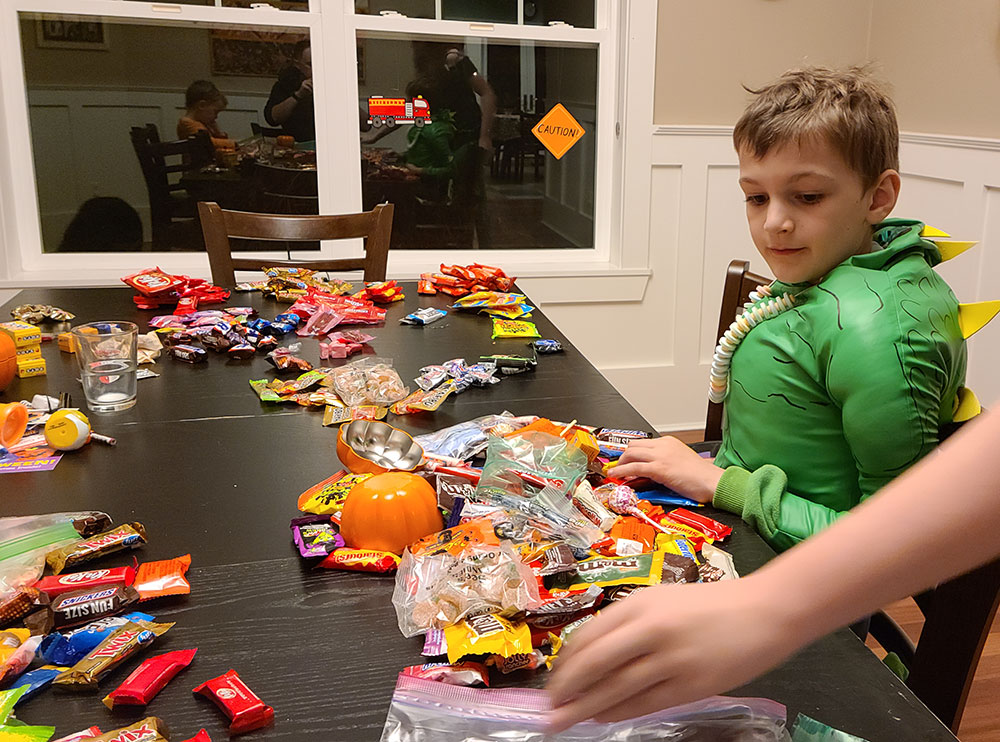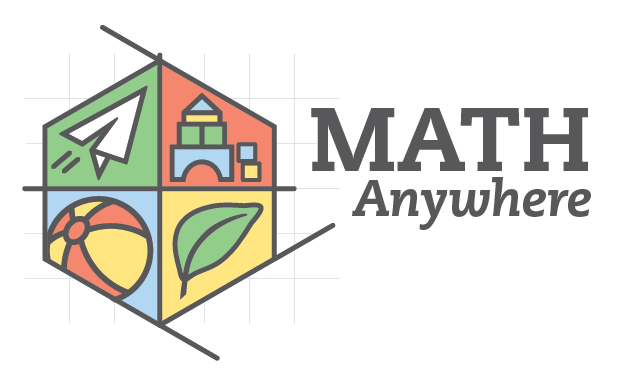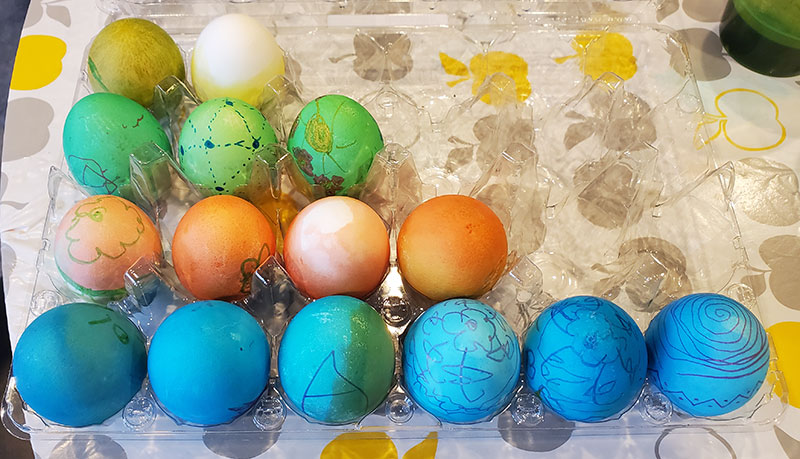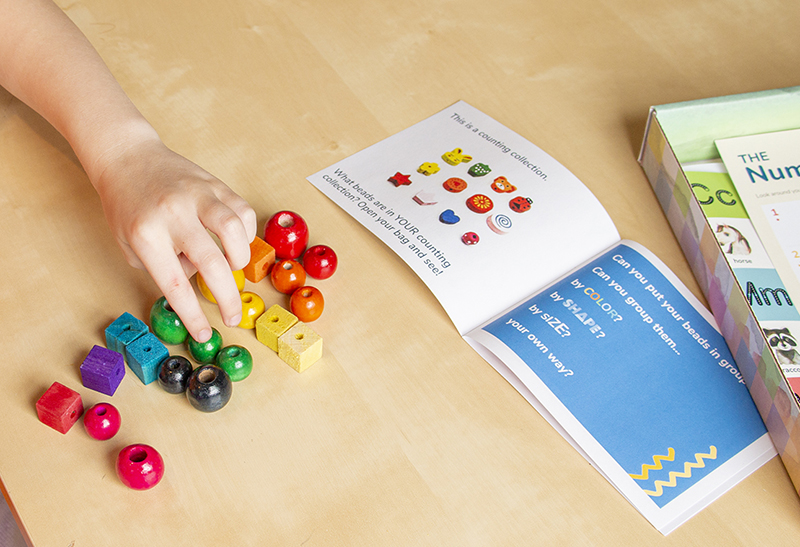Math Play: Halloween Edition
Back in March I wrote a blog post about using “candy holidays” as a great opportunity for engaging with counting collections. Halloween is just about the biggest candy holiday there is, so I thought I’d link back to that post and also share our Halloween postcard. The postcard is available as a print-ready file and makes a great handout at Halloween events.
Of course, math play opportunities abound at this time of year, just like they do at anytime–not just on Halloween itself. Pumpkins are another great opportunity to engage in some fun math conversations, especially since they are piled up in front of grocery stores all month long. You could play any of our math games with pumpkins.
Two pumpkins? Play Same or Different?
Four pumpkins? Play Which One Doesn’t Belong?
A big group of pumpkins like the photo above? Play Find This Many, How Many, Find Shapes or explore size relationships with questions like:
- Big or Small?
- Which one is the biggest?
- Which one is the smallest?
- How did you measure?
- Can you find a pumpkin smaller than your head?
- Can you find a pumpkin taller than your knee?
Halloween is also rich with children’s books and movies that can be conducive to early math learning. One example that comes to mind is the book Big Pumpkin (one of my oldest son’s favorites when he was in preschool). On the face, the book isn’t ‘about math’, but it has a repeating element that ties in nicely with noticing patterns.
What are your favorite Halloween math activities? Leave us a comment and let us know!

Candy negotiations in full swing in my house after one Halloween. You can see that some kids love to sort and count their candy obsessively, while others are happy with just a big ol’ pile.

Melissa Burt
Guest Contributor
Melissa is an award-winning Senior Graphic Designer & Content Strategist at Educational Service District 112 who provides design for Math Anywhere's printed and online materials. She is also the mother of four math-curious kiddos.


